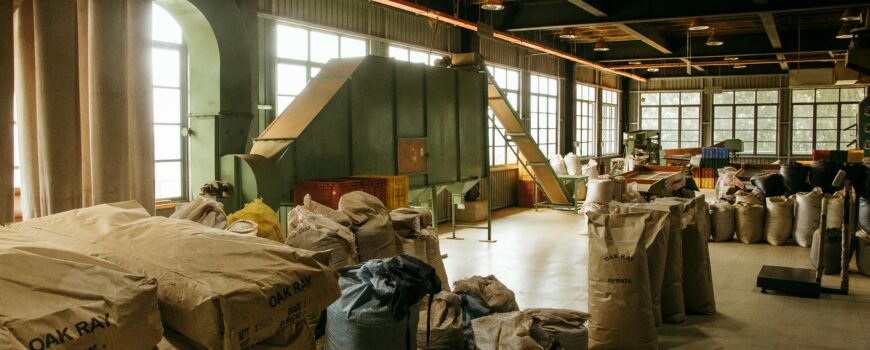Visiting a tea warehouse can be an enlightening experience, offering a glimpse into the intricate processes involved in storing and managing tea products. Here’s what you can expect during your visit to a tea warehouse:
1. Introduction and Safety Briefing
Upon arrival, you’ll likely receive a brief introduction to the warehouse facility, its operations, and the safety protocols in place. This may include instructions on wearing appropriate personal protective equipment (PPE) such as safety vests, hard hats, and closed-toe shoes.
2. Warehouse Layout and Storage Areas
You’ll be guided through the warehouse layout, which typically includes different storage areas based on tea types, packaging sizes, and inventory management systems. Common storage areas may include:
- Bulk Storage: Large bins or containers for storing bulk quantities of tea leaves.
- Pallet Racking: Tall shelves for storing packaged tea products on pallets, organized based on stock rotation principles like FIFO (First-In, First-Out).
- Temperature-Controlled Rooms: Specialized rooms with climate control systems to maintain optimal temperature and humidity for certain tea varieties.
- Sampling and Quality Control Stations: Areas designated for sampling tea batches and conducting quality control checks.
3. Inventory Management Systems
You’ll learn about the warehouse’s inventory management systems, which may involve advanced technologies such as barcode scanning, RFID (Radio-Frequency Identification) tags, or warehouse management software (WMS). These systems help track tea inventory levels, monitor stock movements, and streamline order fulfillment processes.
Quality Control Procedures
The visit may include insights into the warehouse’s quality control procedures, including:
- Inspection Processes: How incoming tea shipments are inspected for quality, packaging integrity, and compliance with regulatory standards.
- Sampling and Testing: Sampling methods used to check tea quality, flavor profiles, moisture levels, and other parameters through laboratory testing.
- Packaging Integrity Checks: Ensuring that tea packaging, including pouches or containers, is intact and suitable for storage.
5. Environmental Considerations
You might discuss environmental considerations within the warehouse, such as:
- Climate Control: Methods employed to maintain consistent temperature and humidity levels to preserve tea freshness and prevent spoilage.
- Pest Control Measures: Strategies for pest prevention and control, including pest monitoring, fumigation protocols, and hygiene practices to deter pests.
6. Health, Safety, and Security
Warehouse staff may brief you on health, safety, and security measures implemented within the facility:
- Safety Protocols: Training programs for warehouse staff on safe handling practices, equipment operation, and emergency response procedures.
- Security Systems: Surveillance cameras, access control systems, and perimeter security measures to safeguard tea inventory from theft or unauthorized access.
7. Operational Efficiency and Technology
You’ll gain insights into operational efficiency strategies and technological advancements used in tea warehousing:
- Warehouse Automation: Use of automation technologies such as conveyor systems, robotic palletizers, or automated storage and retrieval systems (AS/RS) to improve productivity.
- Inventory Optimization: Techniques for optimizing inventory levels, reducing stockouts, and minimizing excess inventory through demand forecasting and inventory analysis.
8. Sustainability Initiatives
Some warehouses may highlight sustainability initiatives and eco-friendly practices:
- Recycling Programs: Recycling initiatives for packaging materials, waste reduction strategies, and environmentally responsible disposal practices.
- Energy-Efficient Practices: Adoption of energy-efficient lighting, HVAC systems, and renewable energy sources to reduce carbon footprint.
9. Q&A Session and Takeaways
The visit may conclude with a Q&A session where you can ask questions, seek clarifications, and discuss key takeaways from the warehouse tour. It’s an opportunity to deepen your understanding of tea warehousing practices, industry trends, and best practices for tea storage and management.
Overall, visiting a tea warehouse provides a firsthand look into the behind-the-scenes operations of tea storage, quality control measures, and logistical processes essential for maintaining tea freshness and quality throughout the supply chain.
Zircon Tea Company
Contact No is +91-9499347308
Email is info@zirconshop.in
Our You Tube Channel Is Zircon Tea Company

